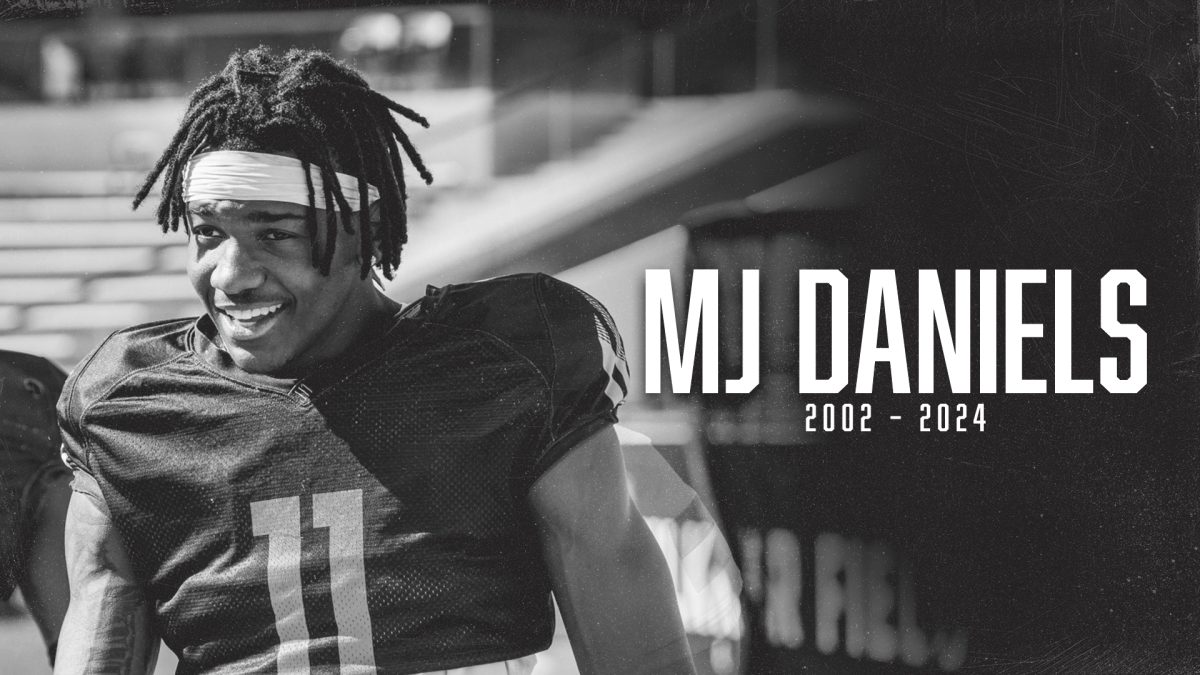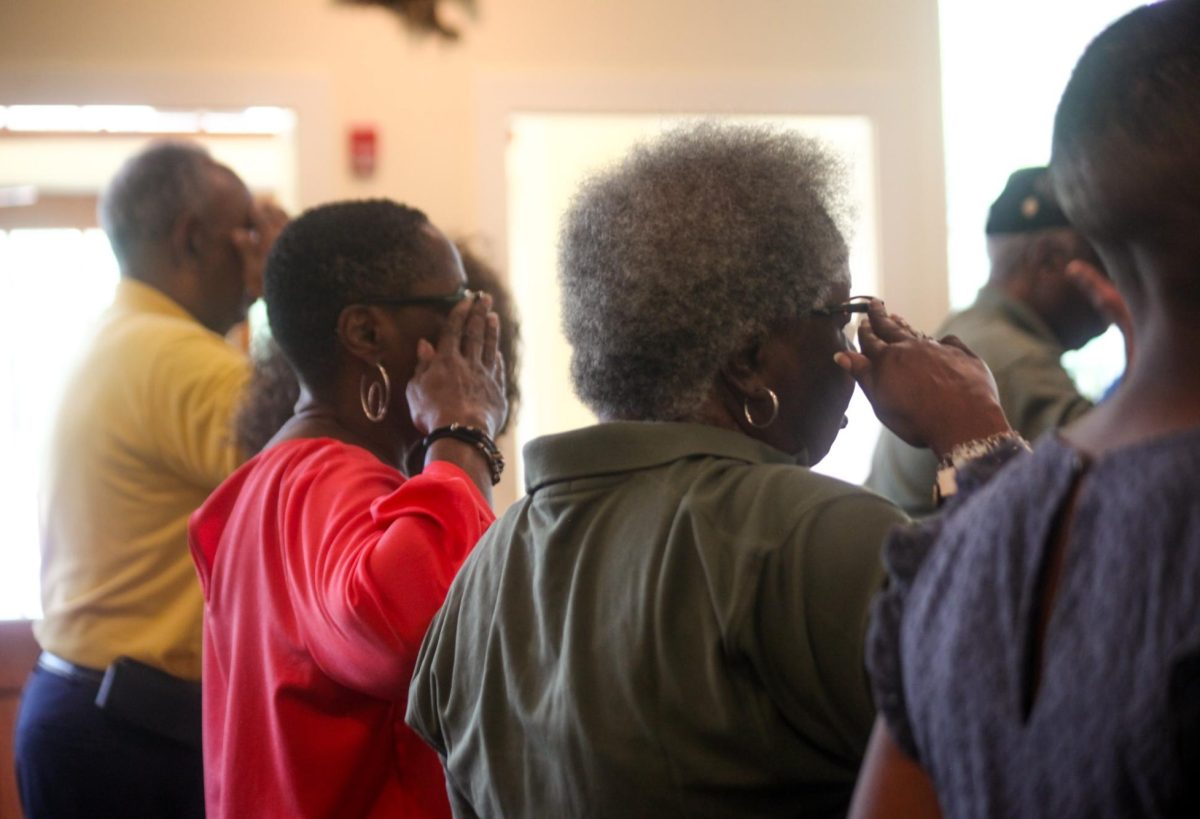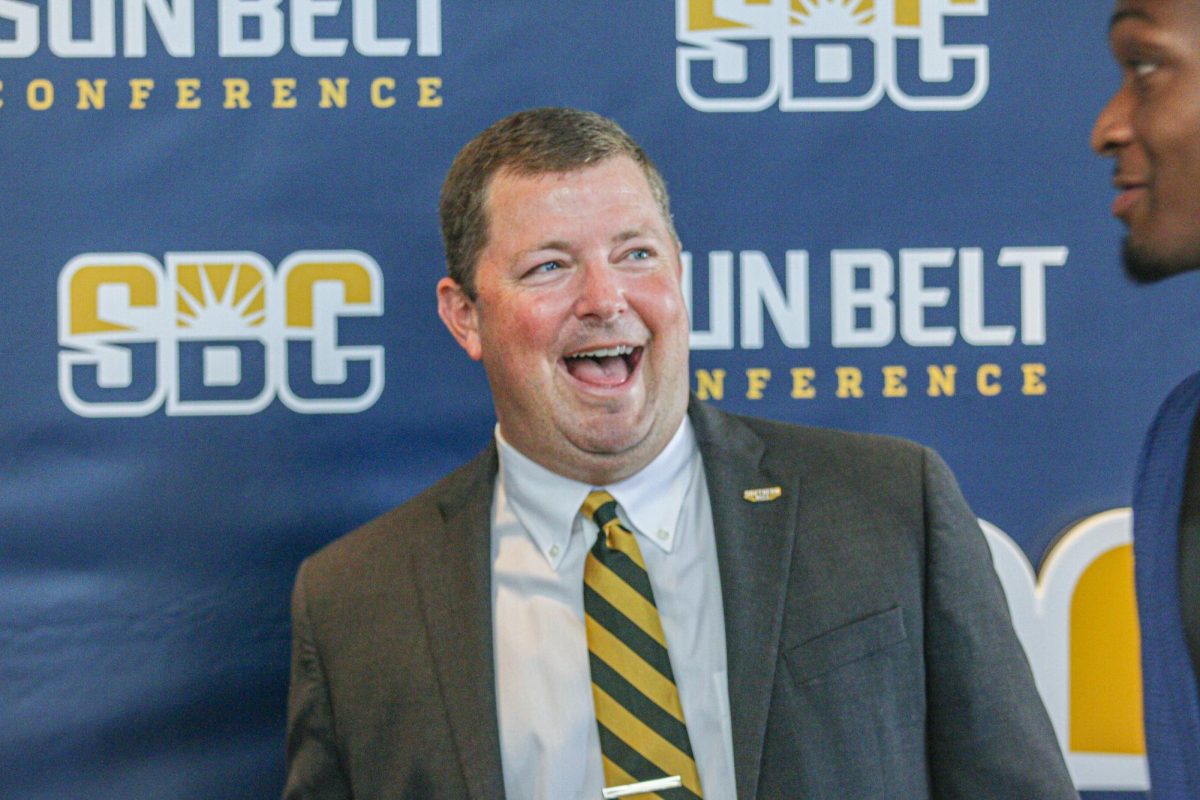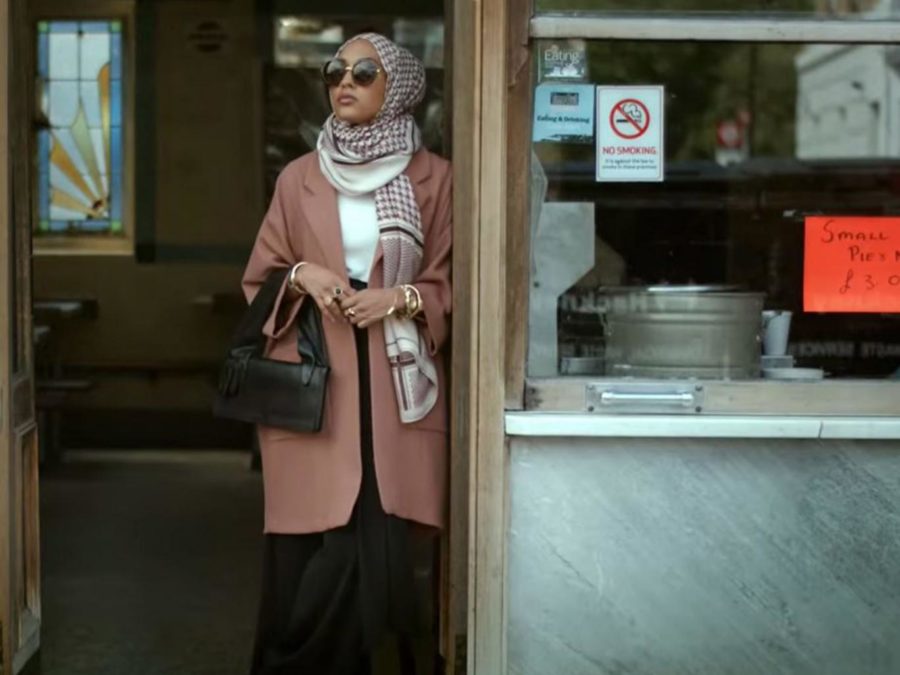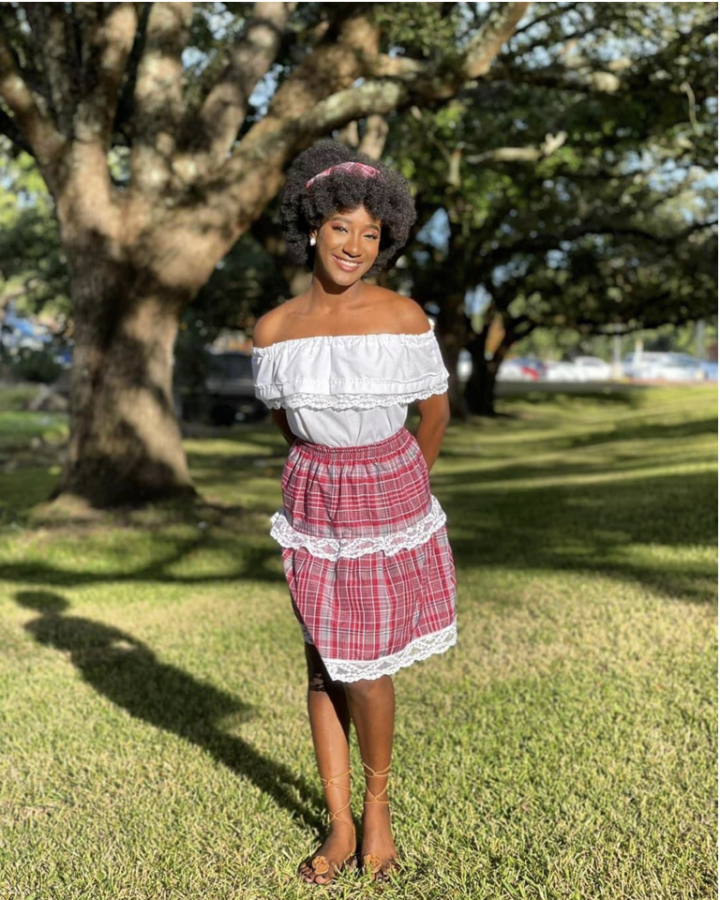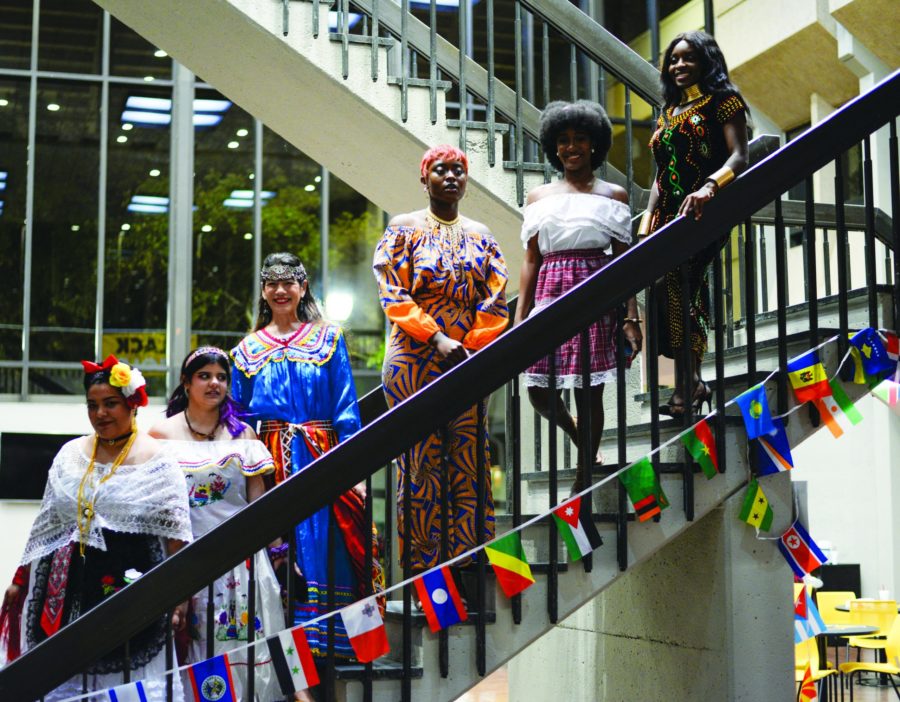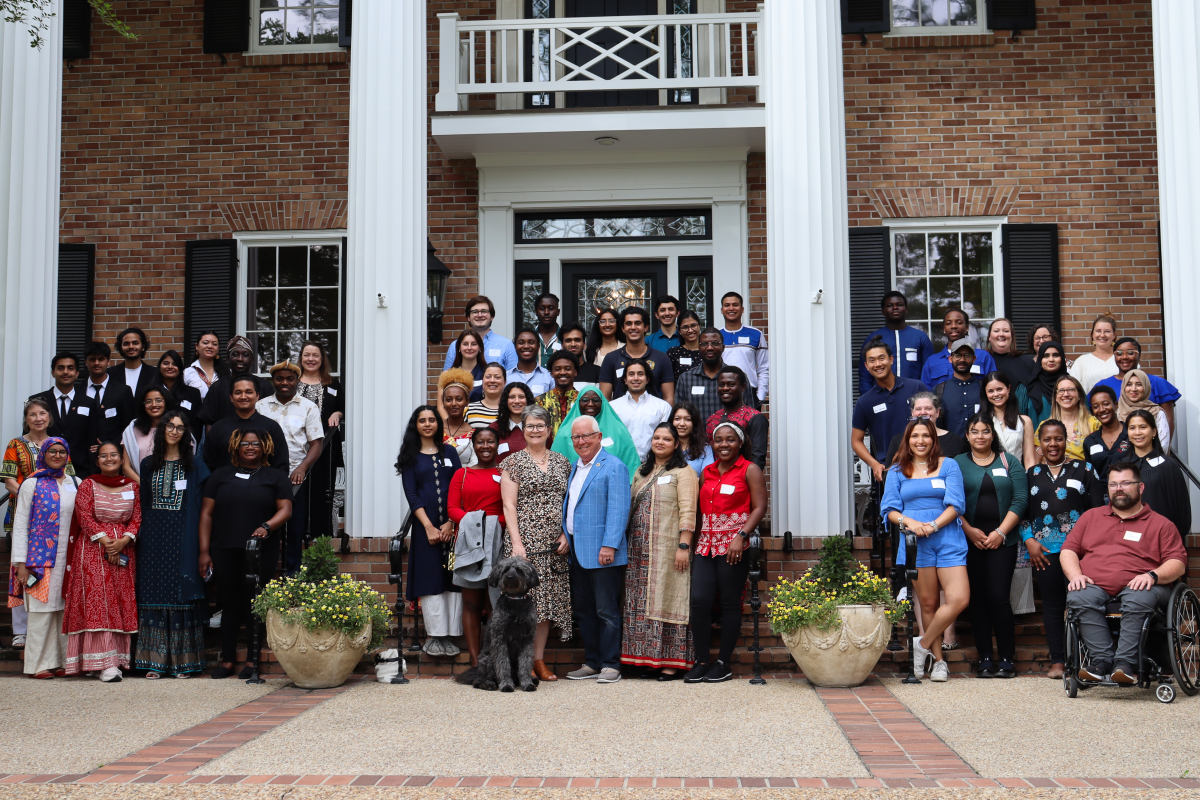An H&M promotional video sparked debate when a Muslim model was featured wearing a hijab. The video, titled “Close the Loop,” was not aimed at pointing out any specific groups based on sexuality, religion or race. It simply urged consumers to bring unwanted clothes and fabrics to H&M stores for reuse. The slogan ending the video reads, “There are no rules in fashion but one: recycle your clothes.”
Despite the creative “rule- breaking” premise of the video, recycling is not what caught audiences’ eyes. Instead, it was Muslim model Mariah Idrissi briefly shown leaning against a door frame, a houndstooth print hijab draped elegantly around her neck. For those who don’t know, a hijab is a head covering some Muslim women wear in public for the “sake of being modest.”
Idrissi intends for her image to make Muslim women more comfortable with wearing a hijab by tweaking it to be more fashionable. She does not, however, wish for it to be some kind of new trend.
“Hijab isn’t a fashion,” Idrissi said. “We can adjust it to fashion, but we have to remember the sole purpose of the hijab is to be modest.”
This is not the first time Idrissi has modeled the headdress. She is one of many Muslim women who often post selfies on Instagram with their hijab on. Her desire to make the religious act of wearing a hijab more socially acceptable is not always encouraged by other Muslims. Some think it is sacrilegious to bring attention to the head covering by trying to integrate fashion. Idrissi stands by her appearance in the H&M advertisement, saying she is not restricted from blending modesty and fashion.
“I’ve seen a few comments where (people are) against it, but there’s nothing that says there is anything against it,” Idrissi said. “In our religion, anything that’s not stated as forbidden is permissible. All I’m doing is bringing it mainstream, because it should be seen as something normal.”
Mariam Veiszadeh, lawyer, writer and advocate for Muslims in Australia, is supportive of Muslim women being represented by main- stream businesses.
“There is more work that still needs to be done,” Veiszadeh said. “Muslim women still continue to face additional barriers in many industries.”
Veiszadeh would be happy to see diversity embody advertising and it no longer be grounds for special attention.
“I look forward to the day when a hijab-clad modelno longer makes headlines,” Veiszadeh said.
Ogilvy Noor is the world’s first Islamic consultancy agency that offers practical advice on how to build brands that appeal to Muslim consumers globally. Vice President of Ogilvy Noor Shelina Jonmohamed insists that industries should not be hesitant to attract Muslims.
“There is so much in the news and political discussions about Muslims that brands understandably feel a bit nervous about reaching out to Muslim audiences,” Jonmohamed said. “I would encourage them to be brave and be bold, and they’ll see that Muslim audiences are extremely responsive and very loyal.”
The H&M video, meant to promote “sustainable fashion,” could be the first stepping stone that leads to the integration of Muslim culture into social norms. Idrissi said her obligation to wear a hijab is not the only religious form of modesty she calling attention to.
“There are so many different women, like Jewish women or Christian women, that are not happy with their bodies,” Idrissi said. “I want to try and incorporate this (modesty) into mainstream fashion and not make it such a separation between being modest and being fashionable.”
It is about time media began branching out and representing more culturally distinguished groups. For so long, fashion industries have used carbon copy models with similar faces. The H&M video breaks every rule consumers once knew as “fashion rules.” For instance, blondes wearing yellow and red- heads wearing red, or dressing across gender boundaries and, in Idrissi’s case, embracing what sets you apart. People should be able to dress in a way they feel represents who they are, instead of feeling like a pariah.
Idrissi understands this concept. Though the hijab featured in H&M’s video was inarguably stylish, she knows covering her head is only a reflection of herself.
“If you know you haven’t corrected your inside first, there’s no point in putting a hijab on for the fashion side of it,” she said. “Because then you’re defeating the object.”


